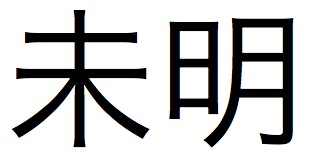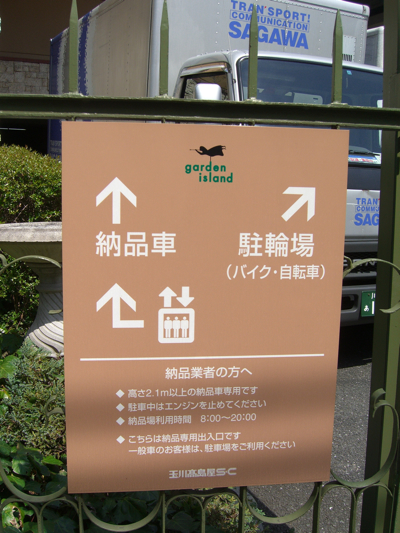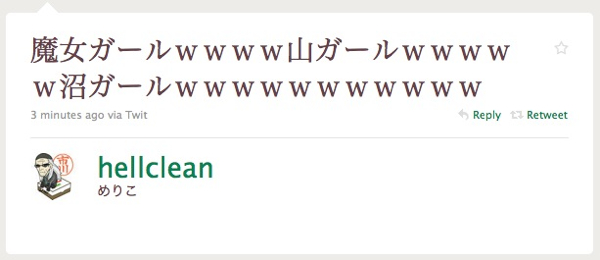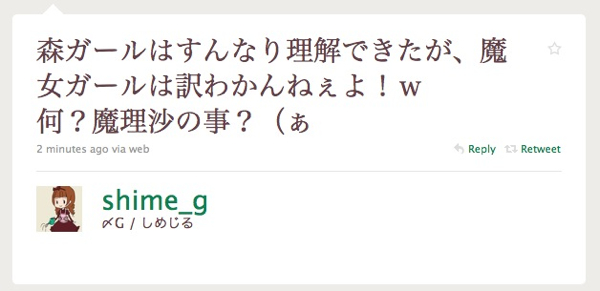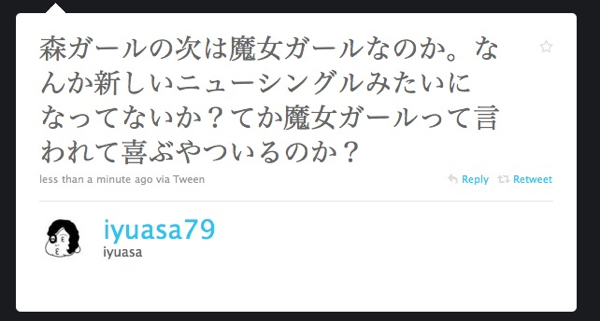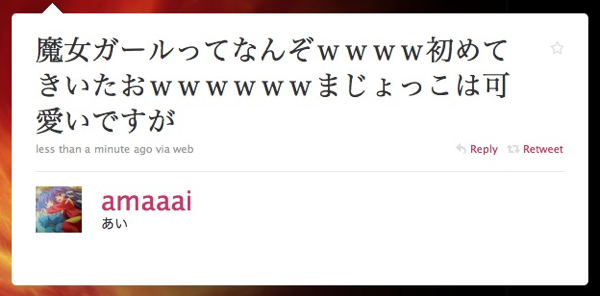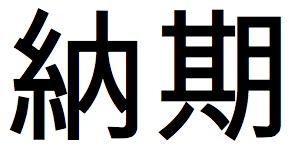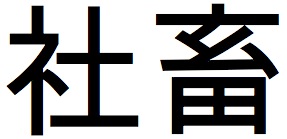Translation isn’t only about content: often presentation is just as important. One of the most important aspects of presentation is 改行 (かいぎょう) – line breaks. There are two reasons for this.
The first is that a lot of Japanese content comes formatted with line breaks after every sentence. This formatting is especially prevalent in Powerpoint presentations.
You should always format the paragraph yourself when translating or editing a translation.
Always.
Otherwise you’ll end up with text that is shaped very strangely.
This is an exaggeration, of course.
But in Japanese, this doesn’t look as strange.
Part of it is because Japanese sentences are so long.
And the other part is that it’s much more standard to add line breaks manually in Japanese.
Check out an email from a Japanese person.
I think most Japanese people rarely make it to the end of a line without a manual line break.
Do your best to format the text into coherent paragraphs.
Often the Japanese will have an extra line break between sections, which should give you a hint at appropriate paragraphing.
The other important aspect of line breaking has less to do with presentation and more to do with programming. Because video game text has to fit on a screen, generally there is a cap on the number of characters per line: a “character limit” – 文字制限 (もじせいげん). I don’t know much about the specifics of how this works, to be honest, other than that translators and project managers have to abide by the character limits provided by game companies. Some companies have automatic solutions, but others still input the line breaks manually.
Japanese fonts are all monospaced (each character occupies a uniform amount of space), so it’s relatively easy to break the lines. English fonts are not, at least not always. Certain fonts are monospaced, the classic example being Courier. With a monospaced font, you can set a rubric for yourself at the top of a document. Say that the limit is 32 characters. Type out “abcdefghijklmnopqrstuvwxyz” – that gives you 26 characters, and you can add numbers to fill it out: abcdefghijklmnopqrstuvwxyz123456. 32 characters. In the words of Emeril, BAM. Remember that this just gives you a rough estimate. You should be counting the characters as you go. (And, no, a character limit is not a good excuse for a poor translation.)
Depending on which version of Microsoft Excel you have, you can also use macros to count the number of characters. I’m not very good with coding and the macro I was taught at work doesn’t appear to work on Open Office nor on Office Mac 2008 (my current platforms), so I won’t pass it on for fear of passing out poor info. Anyone know any cool macros to count characters?


